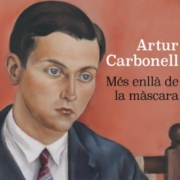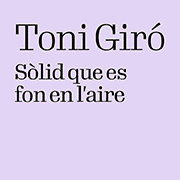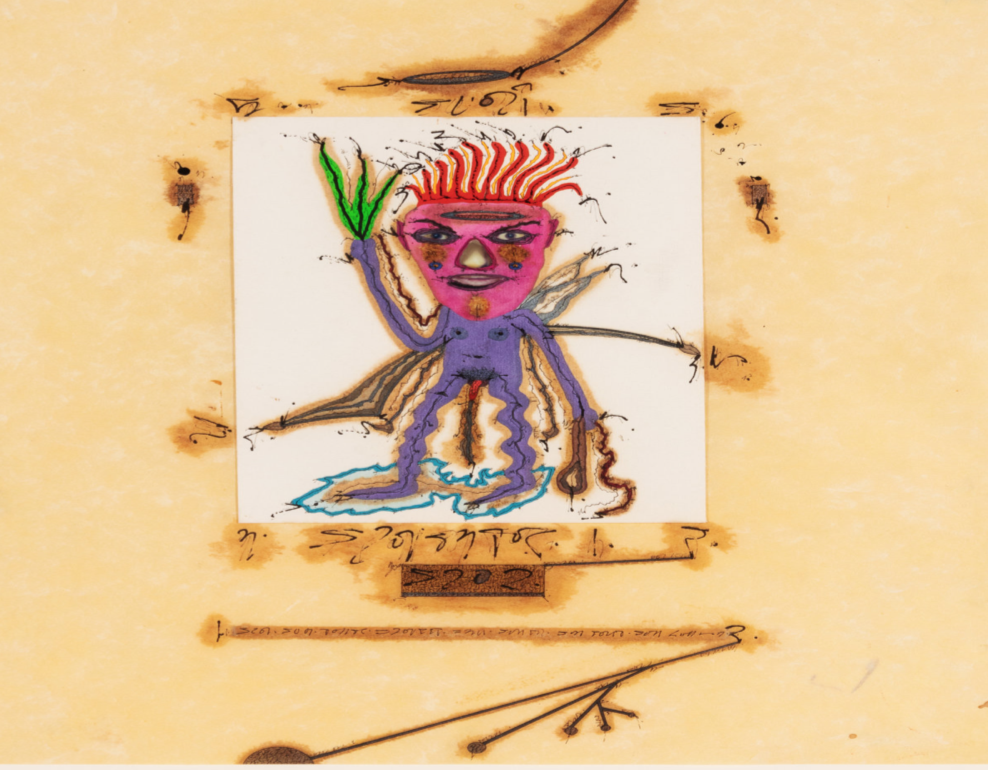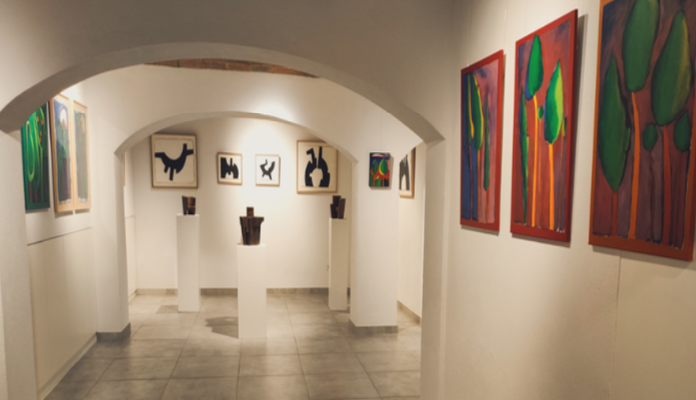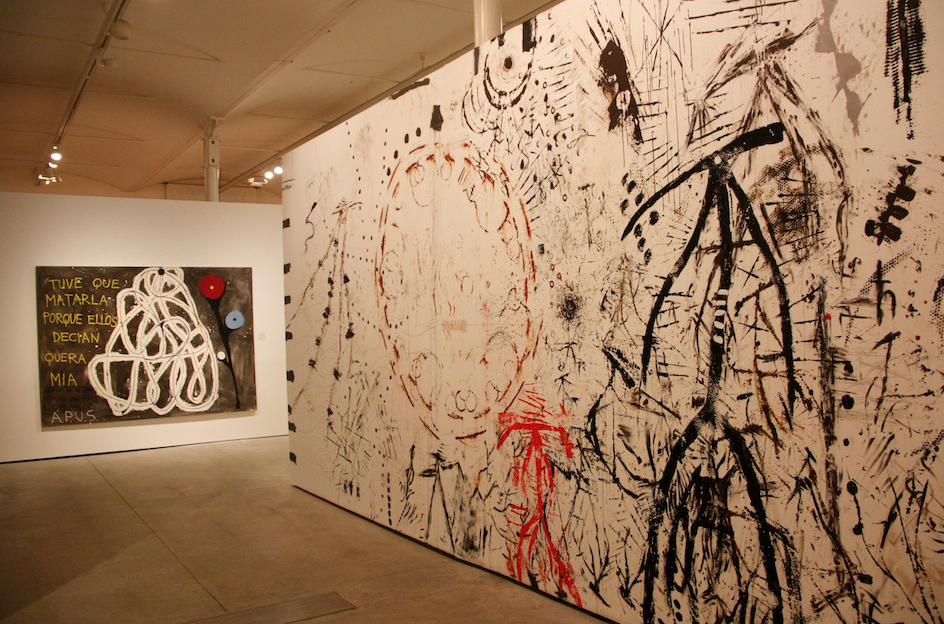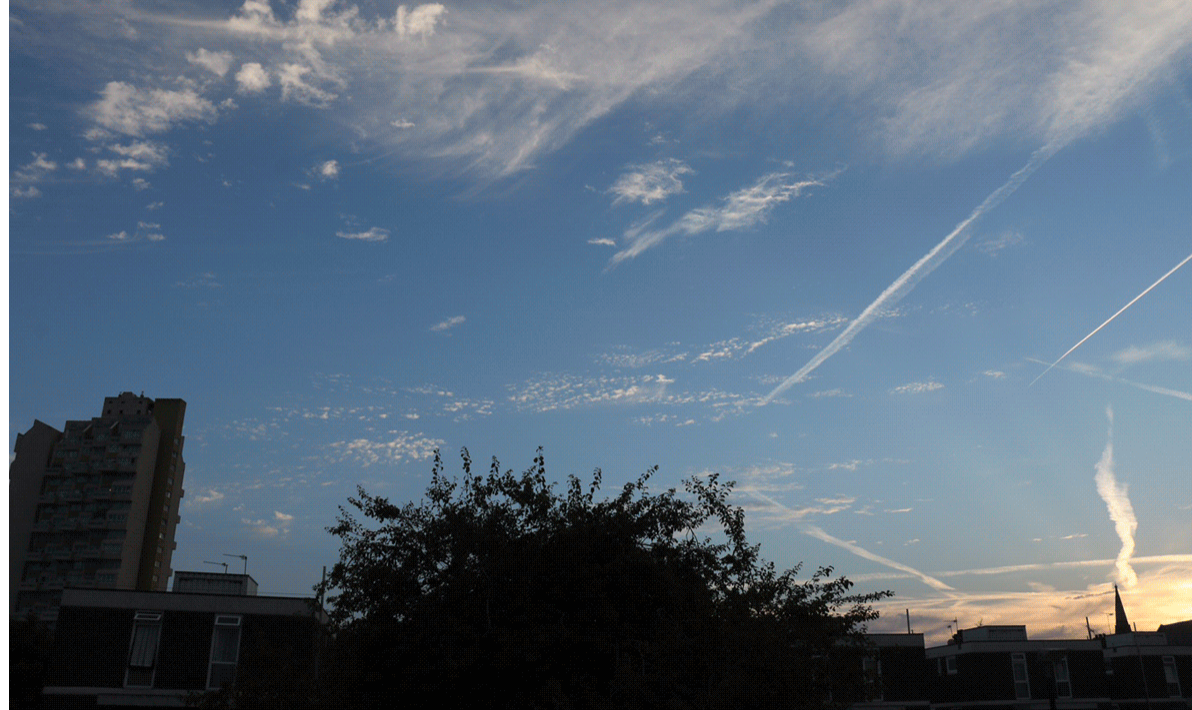Opinion
Children of Rome
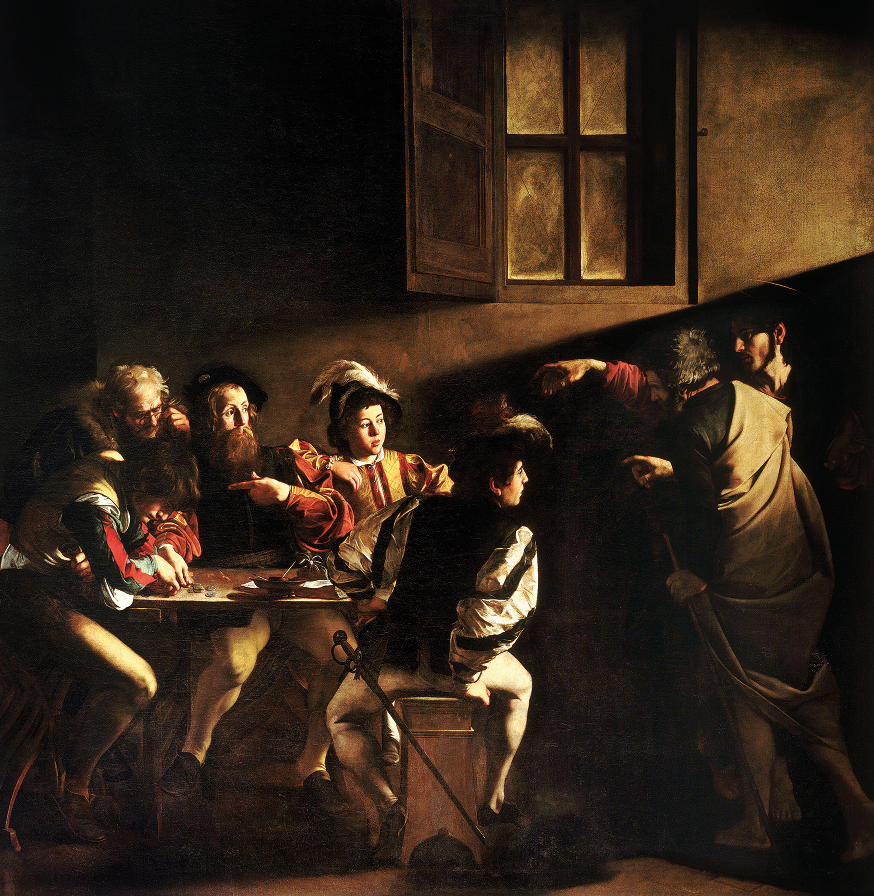
There is no city in the world that has more recognized human heritage per square meter than Rome. In fact, UNESCO had so much work to do in the Eternal City that they decided to directly declare the entire centro storico a world heritage site. On the other hand, Italy is the country where the most artistic, cultural and monumental heritage accumulates. If we add the mainly European and North African countries where there was a deep Roman civilization and where its footprint is well present in the historical heritage, we reach an overwhelming majority.
I think we should absolutely feel like children of Rome. We have to thank the Renaissance that, after the darkness of the Middle Ages, its look towards the Hellenic or Roman past gave us a concept, a word: classic. What is in art, in culture and in any manifestation of civilization a permanent value, unquestioned and alien to the passage of time. indisputable We owe the Roman genius and its Greek ancestry the foundations of absolutely contemporary elements: law, politics, war, commerce, mosaic painting, prose, theater, sculpture, architecture. Efficiency and passion for beauty.
I returned to Rome a few weeks ago. A change in schedules that I did not control prevented me from following the liturgy of taking some relatives to the church of Sant Lluís dels Francesos to enjoy The Vocation of Sant Mateu , a brilliant painting in which Caravaggio worked wonders with light. Behind the church, in Vico della Vacarella, Caravaggio, artist but also gambler, pimp and reason-seeker, killed us Ranuccio Tomassoni. Today a restaurant, aptly named All Duello, remembers the exact site of the fight over a gambling bet as it serves one of the city's best cacio e pepe , a typically Roman spaghetti served only with pepper and pecorino cheese laced with the water of boil the pasta
Thus there remained a much simpler and endless alternative. About thirty years ago, Xavier Febrés and Rossend Domènech aptly titled the book Roma, passejar i civilizarse . In Rome you just have to walk and observe. Thus, when you turn the corner, after a palazzo , a building of neighbors carefully left, with those colors so characteristic of the Rome of cobbled streets, suddenly appear some columns that are already twenty centuries old, or entering the simplest of churches you will find a baroque jewel.
This book piqued my curiosity enough to go to Rome for the first time. He had known quite a few corners of Italy and happily returned there often. But I had prejudged Rome as simply a destination for pilgrims. I had seen Fellini's films, and the images of the collapse of traffic around the great director's Colosseum seemed to me a certification that this was a dead city. Until one day, from the balcony of Villa Medici, I discovered that we are all children of Rome.


